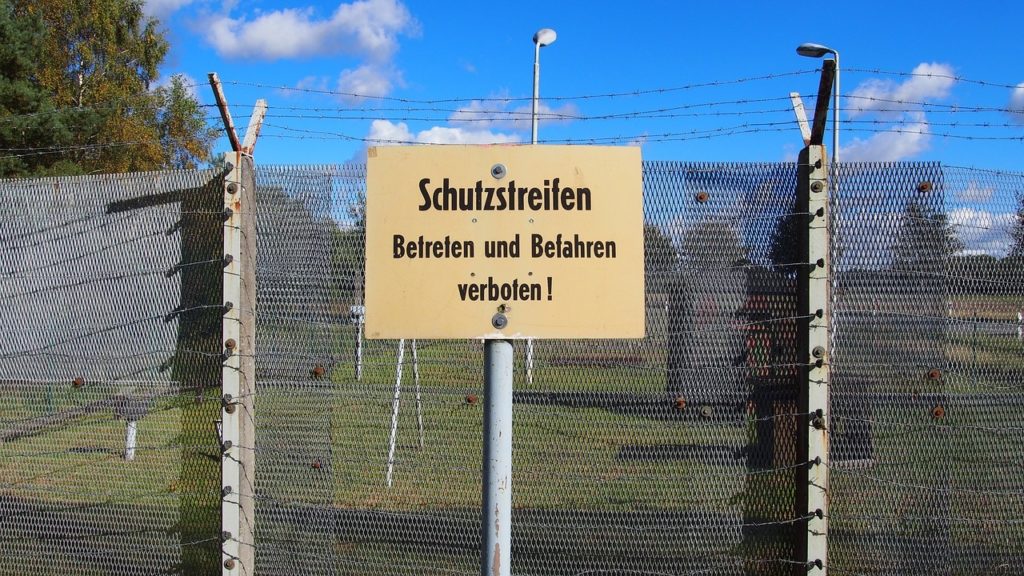The Peninsula
North Korea Maintains Travel Restrictions Thirty Years after the Eastern Bloc Began Loosening Restrictions

By Troy Stangarone
Thirty years after Hungary allowed the first East Germans to cross into Austria beginning a process that would see the breakdown of the barriers that prevented free movement between East and West Germany, and within the communist bloc, North Koreans are still unable to travel abroad freely or visit their relatives in South Korea.
East and West were divided for decades by the Berlin Wall and boarder fencing to prevent a drain of citizens heading from East to West, but on August 19, 1989 600 East Germans in Hungary were allowed to leave and cross the border into Austria. In less than a month, 60,000 East Germans had taken advantage of the new opening.
While the Iron Curtain separated East from West, it was always more porous than the DMZ has been. While security services might tap calls or read mail, East and West Germans were able to call and mail each other.
East Germans were allowed to travel to West Germany, but permission was difficult to secure and conditional. However, even with restrictions in place around one million East Germans are estimated to have traveled to West German between 1964 and 1981. Division existed, but the near hermetic seal that exists today between North and South Korea never existed between East and West Germany.
Visa and currency restrictions also limited travel within the Eastern Bloc, but it was still possible even if East Germans were largely limited to travel to Czechoslovakia.
In contrast, North Korea and South Koreans face even stricter barriers to communication. Outside of economic engagement projects, humanitarian assistance, or government contacts, interactions are largely limited to controlled and infrequent family reunions. Since the first family reunion in 1985, some 20,000 South Koreans over 20 sets of reunions have been able to meet with loved ones who were separated by the Korean War.
Despite these reunions, there are some 56,000 South Koreans still waiting for their opportunity to meet with their relatives in the North. Tragically more than 75,000 have died since the late 1980s without the opportunity to meet with their relatives in the North.
North Koreans traveling to other countries such as China or Russia are largely limited to travel as overseas laborers to benefit the regime rather than to travel for personal reasons.
For those trying to escape North Korea, the number who have made it to South Korea has fallen since Kim Jong-un came to power in 2012. In the last year of Kim Jong-il’s rule 2,706 North Koreans made their way to South Korea. By 2018 that number had dropped to 1,137. Though, there are no hard statistics on how many North Koreans have tried to leave but been unsuccessful, increased security on both sides of the boarder is believed to have played a role in the decrease as China has recently begun to crack down on those trying to flee North Korea.
Beyond the human consequences of divided families, the continued slow movement towards travel between the two Koreas is a disappointment as on two separate occasions last year Kim Jong-un expressed his desire that Koreans be able to travel in both countries. Though, there is hope that video reunions could relieve some of the burden in the future.
This division is unique in the world, as even those living in Taiwan or mainland China are able to travel freely despite China’s division.
With thirty years now passed since the first East Germans made their way into Austria, the continued lack of interaction between North and South Korea shows how little progress has been made in addressing the human consequences of the Korean War.
Troy Stangarone is the Senior Director for Congressional Affairs and Trade at the Korea Economic Institute of America. The views expressed here are the authors alone.
Photo from Needpix.com.
